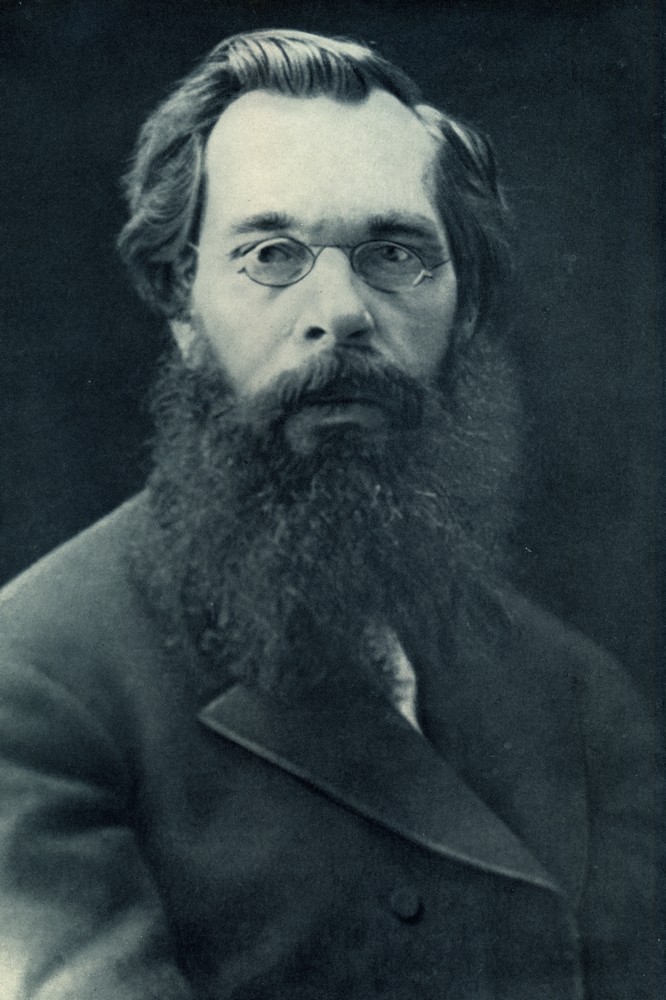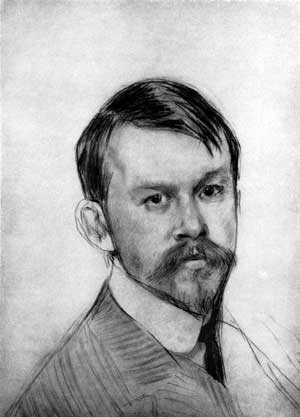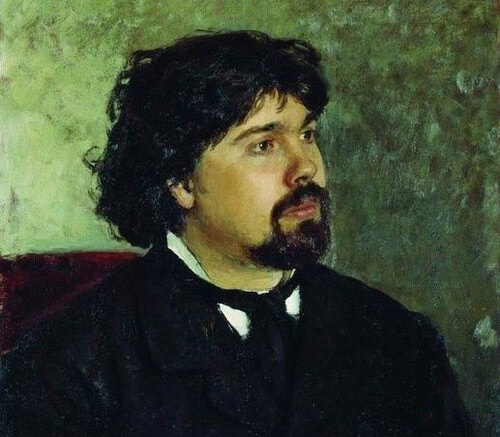Alexey Savrasov "Winter" - Painting Description
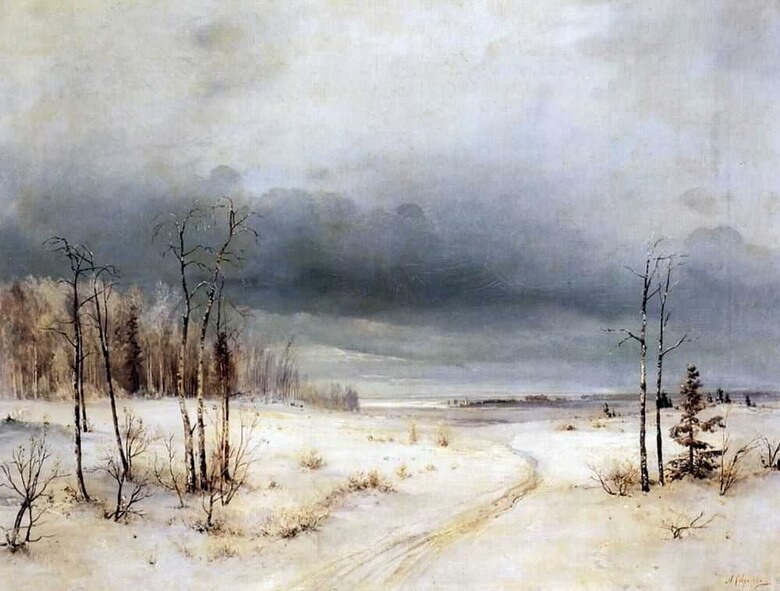
Winter - Alexey Kondratyevich Savrasov. Late 1870s - early 1880s. Canvas, oil. 53.5 x 71.5 cm
The picture was written in a difficult period for the artist. He survived the collapse of family life and found solace only in being drunk. Only occasionally did the master delight the audience with truly successful works.
A narrow winter road divided the landscape into two unequal parts. On the left there is a forest, a few young birch trees by the side of the road and twigs of bushes. On the right there is emptiness, except for two lifeless trunks and a young pine tree. The snow looks loose and lacks frosty freshness in the color scheme. We see a thaw. The runaway road merges into one shallow track in perspective and disappears before reaching the horizon. Somewhere far away there is a river covered with ice. It is more likely to be guessed in the landscape, "asking" to be included in the composition.
Most of the canvas area in this work is devoted to the sky. Dozens of shades of blue, flavored with greenish notes, create an amazing effect of heaviness and oppression. Give it another minute and the snow will start falling on the ground, and maybe rain, which will begin to destroy the unstable winter order. Like an old blanket, uneven, patchwork, covered the sky and the forest, and birches on the sidelines, and an uncertain road track. The color transition from light to thunderous blue and again to white creates the illusion of a dark stripe across the work along the way. Dark clouds also create a sense of tension in the painting.
As a result of the years of storage in storerooms, the painting has eventually changed its original color. But the author's idea is still guessed. The viewer feels the atmosphere of foreboding, vague anxiety, excitement. Birches become like human figures, torn apart by the road. The drama of the landscape is complemented by a fragile young pine tree next to dead trunks, unnaturally parallel, devoid of branches.
It is worth remembering the difficult fate of the artist, the death of three children, so that the allegory becomes fully understandable. The author saw his own life in a corner of Russian winter nature. Compositionally, the work is arranges in a way that the artist looks at the depicted landscape from the left, "dead" side. Thus, making it clear that he himself loses the meaning and purpose of his existence.
The work is completely devoid of any "beauty". The master does not feel emotion when looking at the winter road. Struck by the consonance with his inner mood, he is trying to share his discovery with the viewer.
This is what makes this work unique and adds its undoubted value, making it one of the most talented Russian landscapes.
In the picture you can see an undoubtedly successful compositional structure, the texture of the melted snow is perfectly conveyed, the palette is skillfully selected. Despite this, a feeling of some incompleteness, incompleteness, etude of the canvas is still there.
We do not know when exactly the painting was created, how long it took the author to completed it, and whether he returned to it after completion. On the other hand, it is this incompleteness that, perhaps, gives the work all the drama and surprisingly rich atmosphere.
Comments (0)
Top
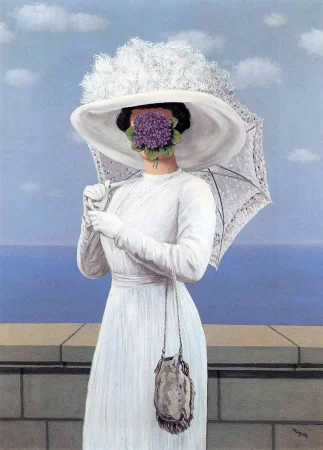 Painting The Great War, Rene Magritte - Meaning and Analysis
Painting The Great War, Rene Magritte - Meaning and Analysis
The Great War - Rene Magritte. Canvas, oil. 81 x 60 cm...
10.10.23
1 086
0
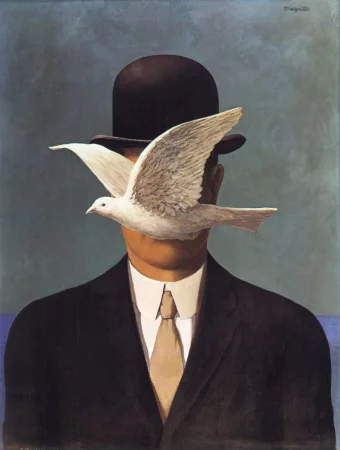 The man in the bowler hat, Rene Magritte
The man in the bowler hat, Rene Magritte
The man in the bowler hat - Rene Magritte. Canvas, oil. 70 x 50 cm...
06.09.23
2 724
0
